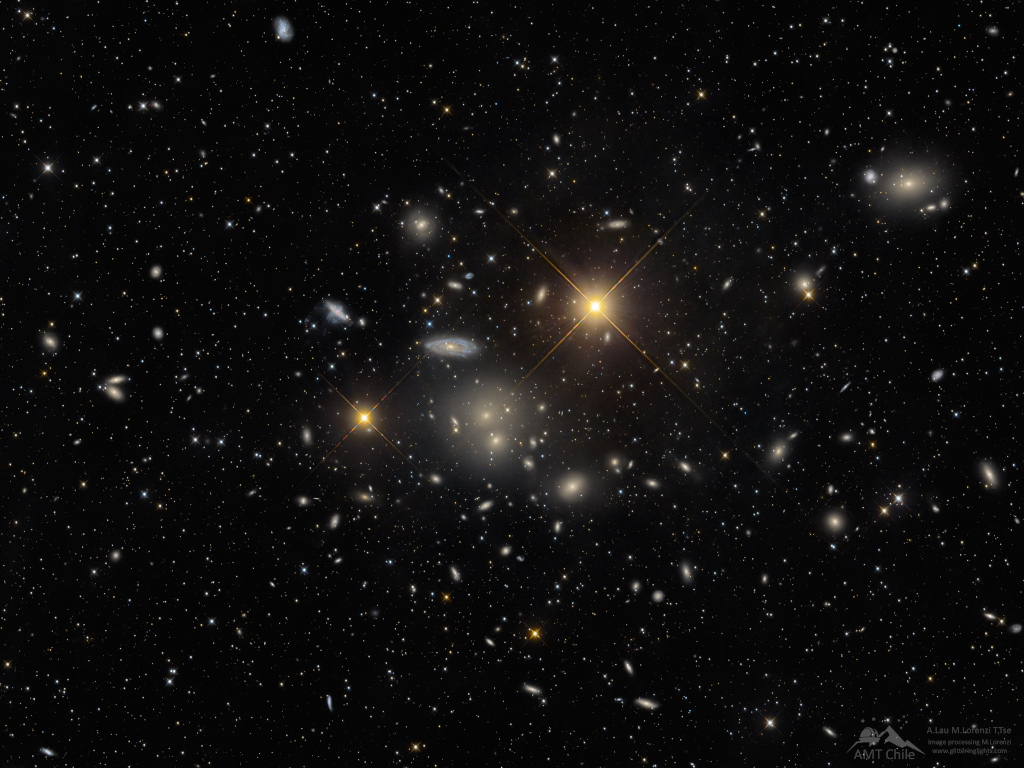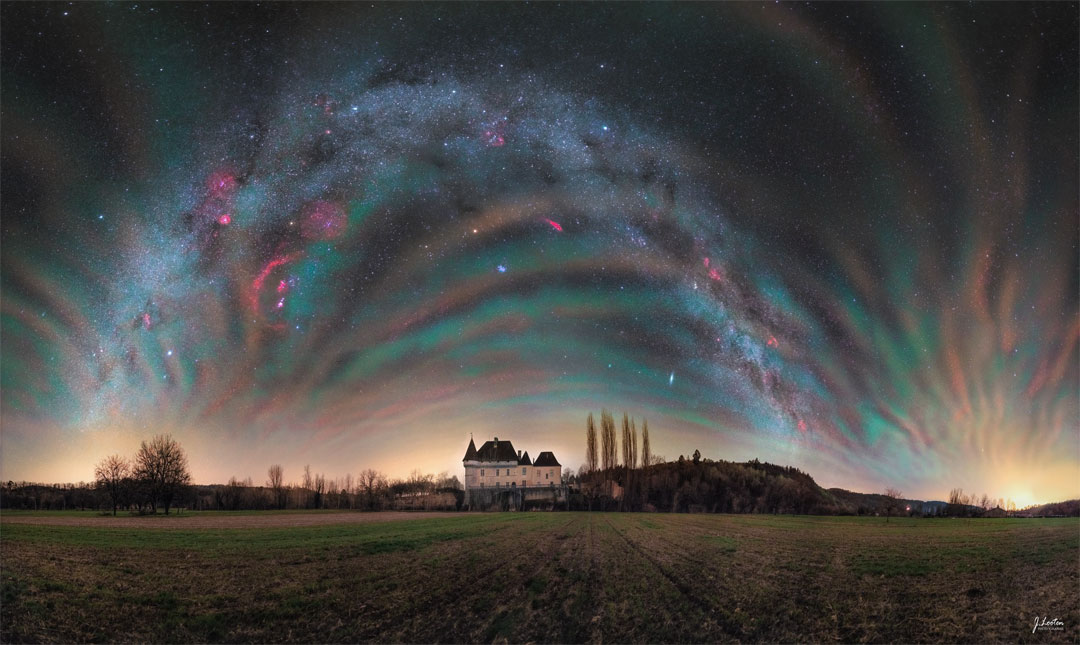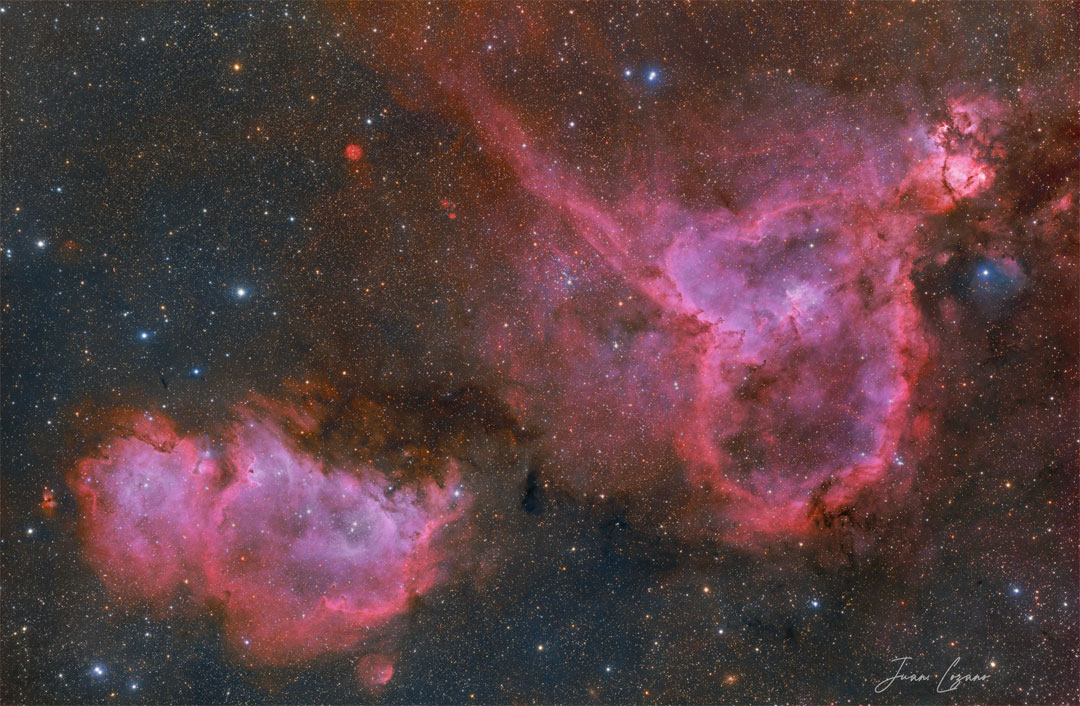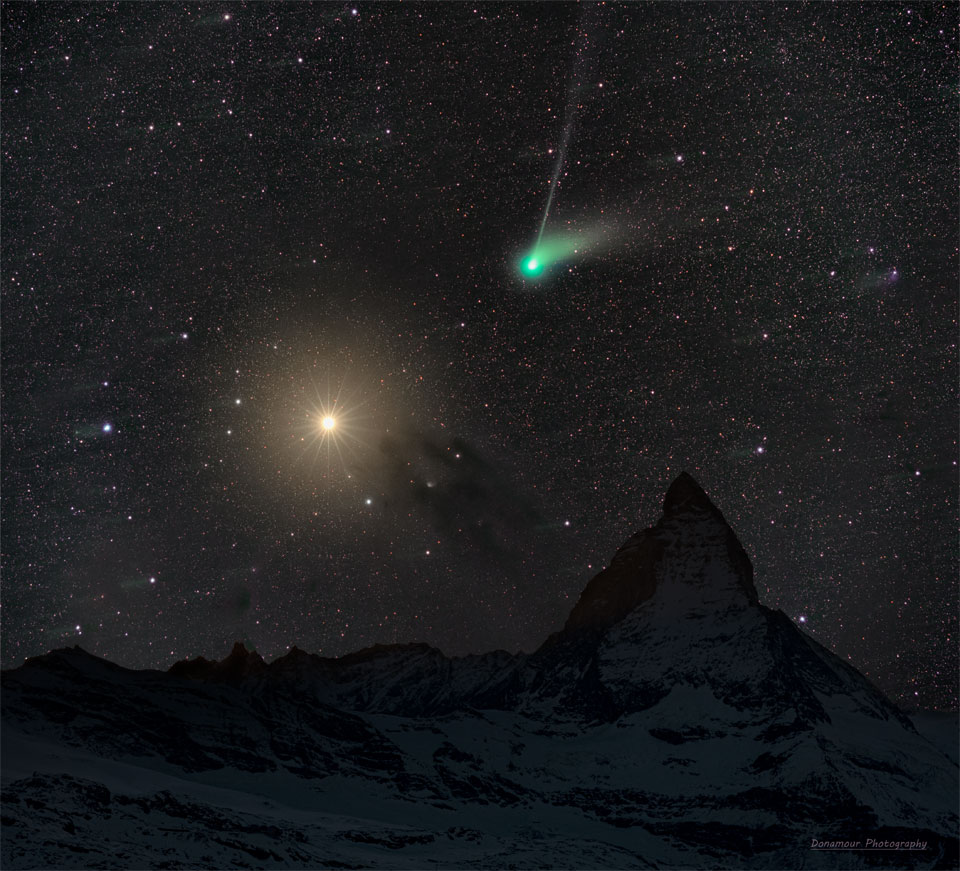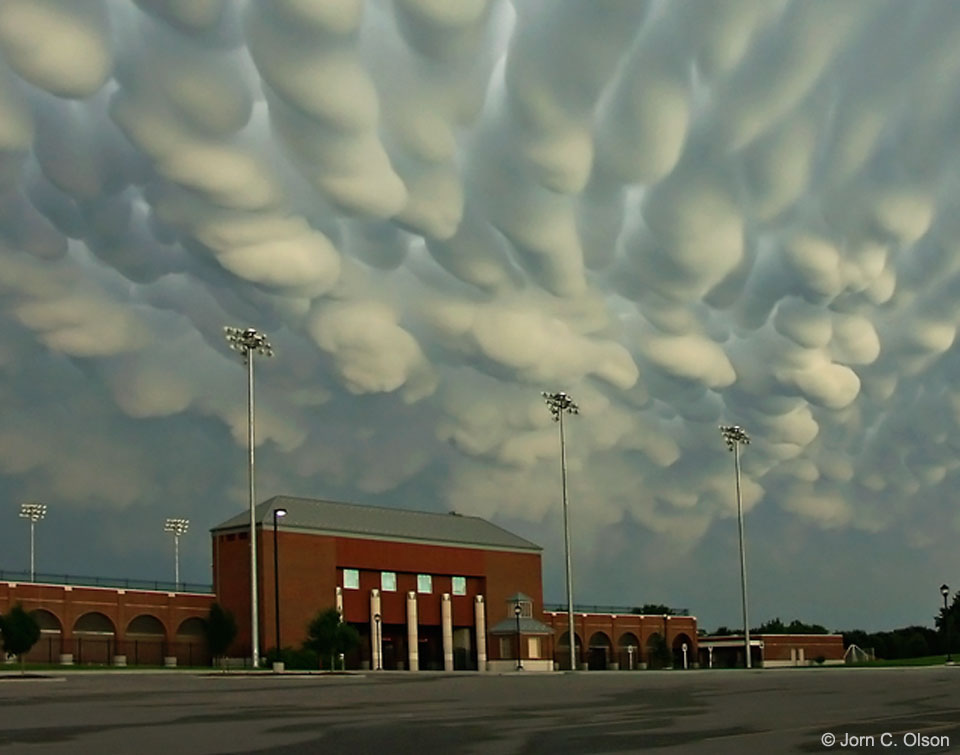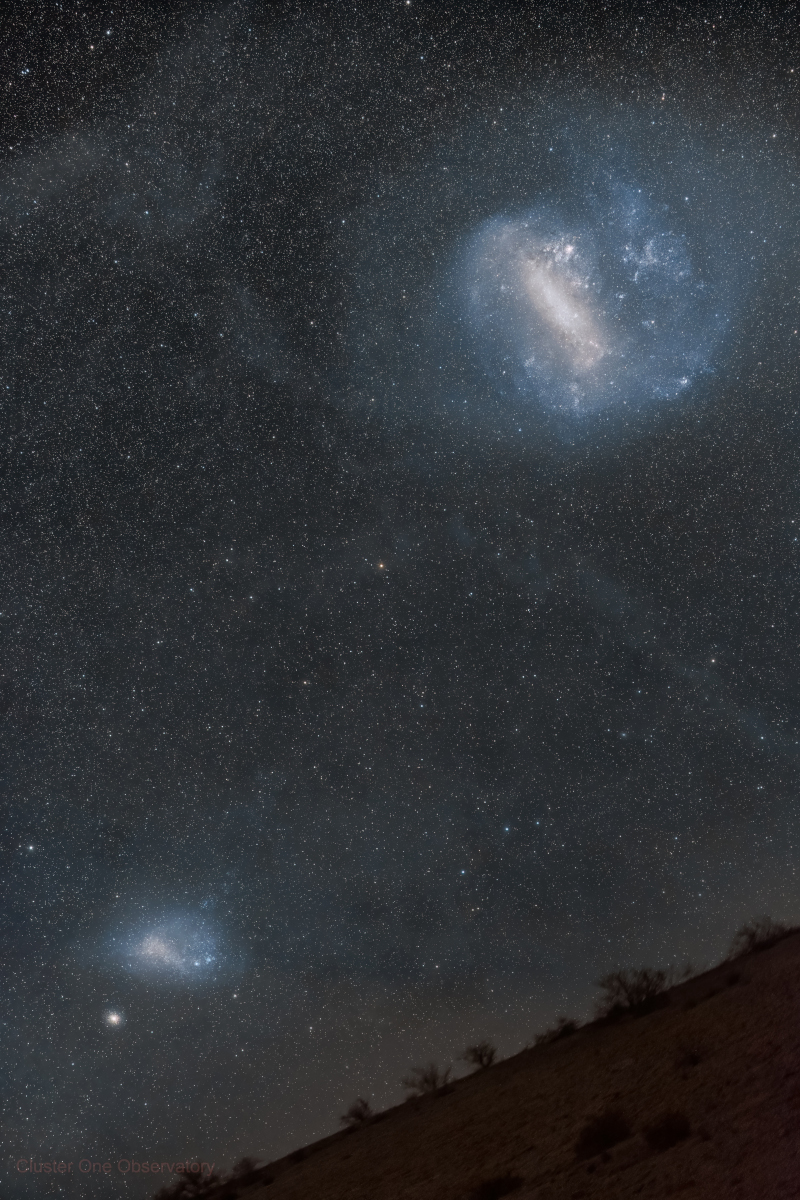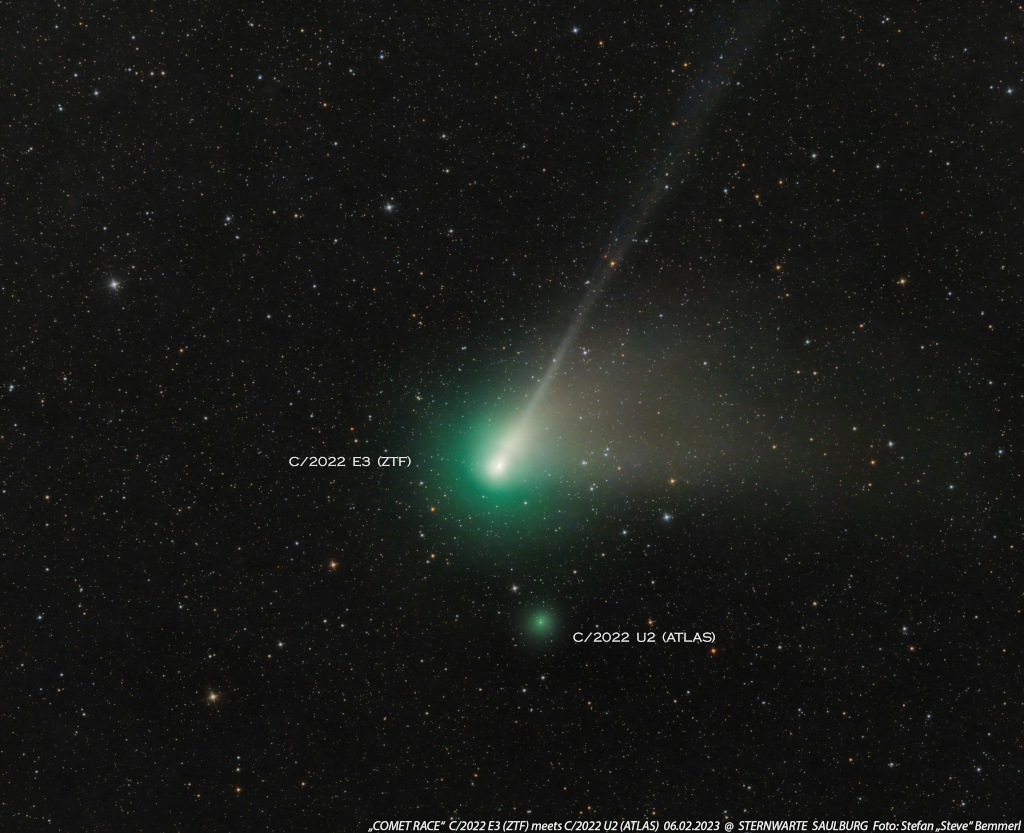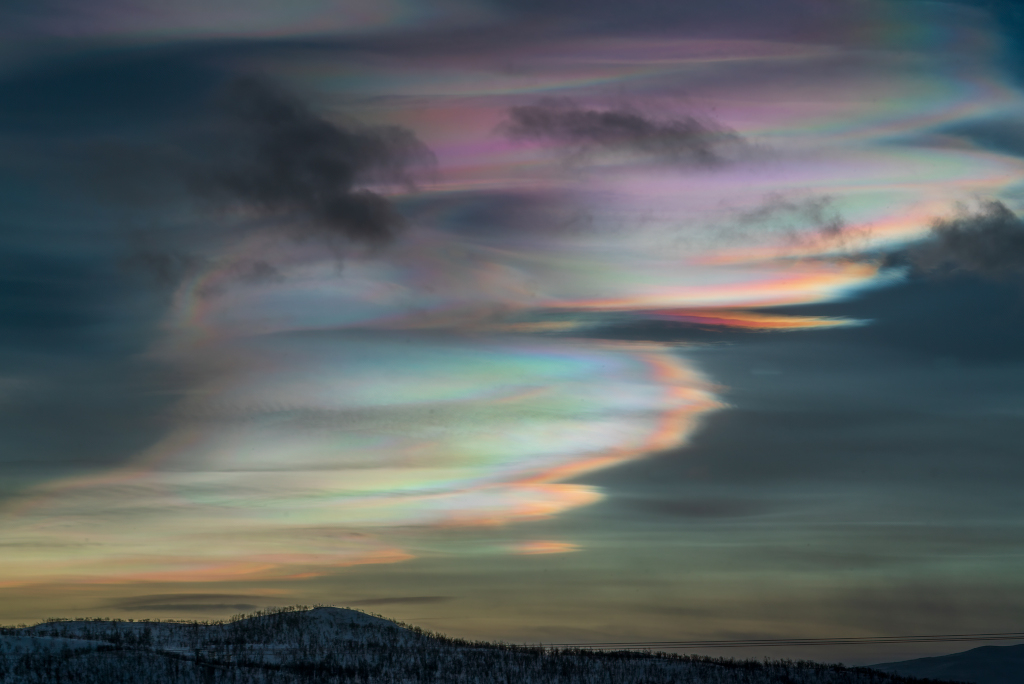안녕하세요, 잡학다식 입니다. 오늘은 과연 나사에서 어떤 방식으로 우주의 형상을 표현해 줄까요?
우선 이미지부터 볼 수 있도록 하겠습니다
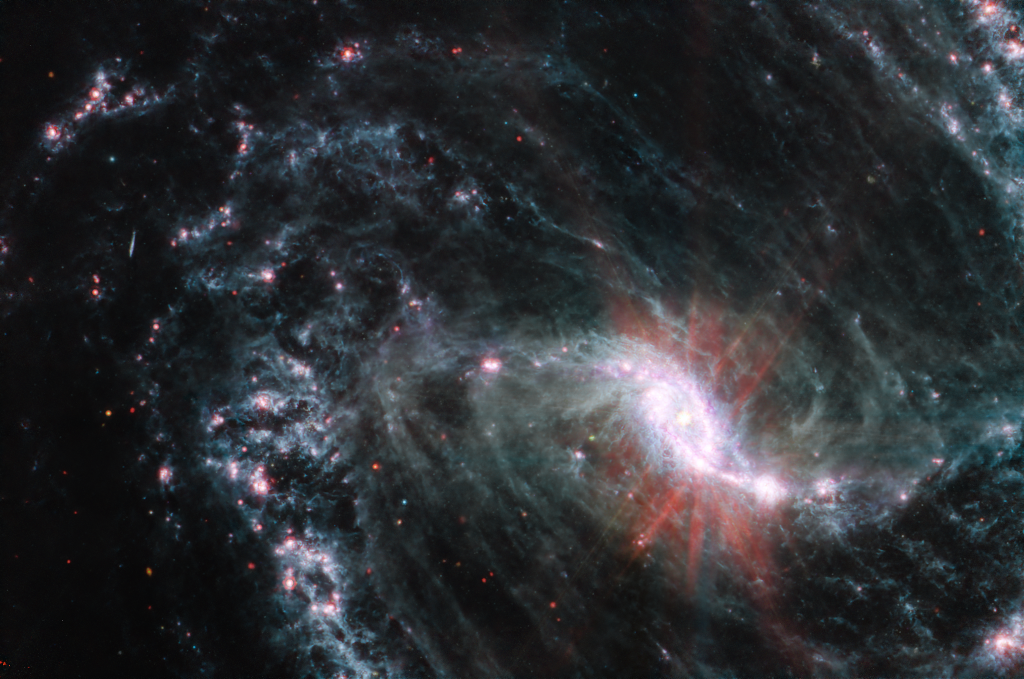
해당 사진의 이름은 Barred Spiral Galaxy NGC 1365 from Webb 인데요 우선 NASA에서 공식적으로 발표한 설명들을 확인해 보겠습니다
A mere 56 million light-years distant toward the southern constellation Fornax, NGC 1365 is an enormous barred spiral galaxy about 200,000 light-years in diameter. That's twice the size of our own barred spiral Milky Way. This sharp image from the James Webb Space Telescope's Mid-Infrared Instrument (MIRI) reveals stunning details of this magnificent spiral in infrared light. Webb's field of view stretches about 60,000 light-years across NGC 1365, exploring the galaxy's core and bright newborn star clusters. The intricate network of dusty filaments and bubbles is created by young stars along spiral arms winding from the galaxy's central bar. Astronomers suspect the gravity field of NGC 1365's bar plays a crucial role in the galaxy's evolution, funneling gas and dust into a star-forming maelstrom and ultimately feeding material into the active galaxy's central, supermassive black hole.
이번에도 광활한 우주 앞에 인간이 얼마나 작은 존재인지 다시 한번 알게 되는것 같습니다
저는 내일도 더 좋은 사진과 함께 돌아오겠습니다, 그럼 행목한 하루 되시길 바랍니다
'과학상식' 카테고리의 다른 글
| NASA 나사의 오늘의 이미지들 (2023-02-20) (0) | 2023.02.21 |
|---|---|
| NASA 나사의 오늘의 이미지들 (2023-02-19) (0) | 2023.02.20 |
| NASA 나사의 오늘의 이미지들 (2023-02-17) (0) | 2023.02.18 |
| NASA 나사의 오늘의 이미지들 (2023-02-16) (0) | 2023.02.17 |
| NASA 나사의 오늘의 이미지들 (2023-02-15) (0) | 2023.02.16 |
800px.jpg)
